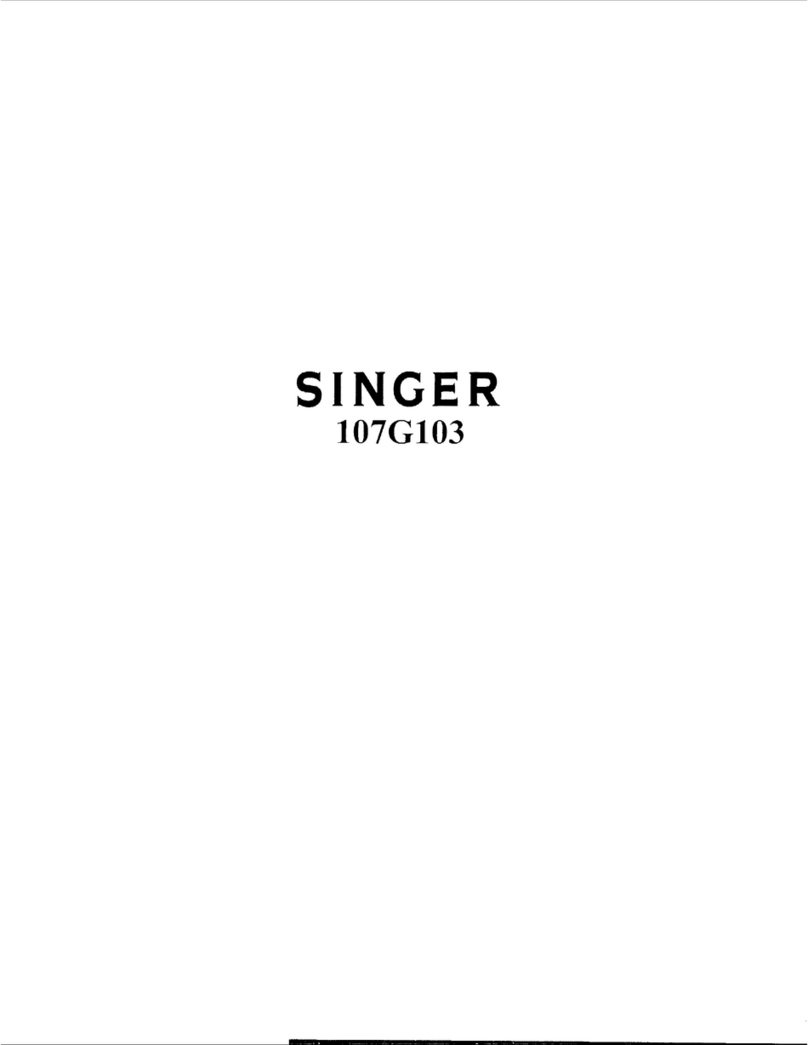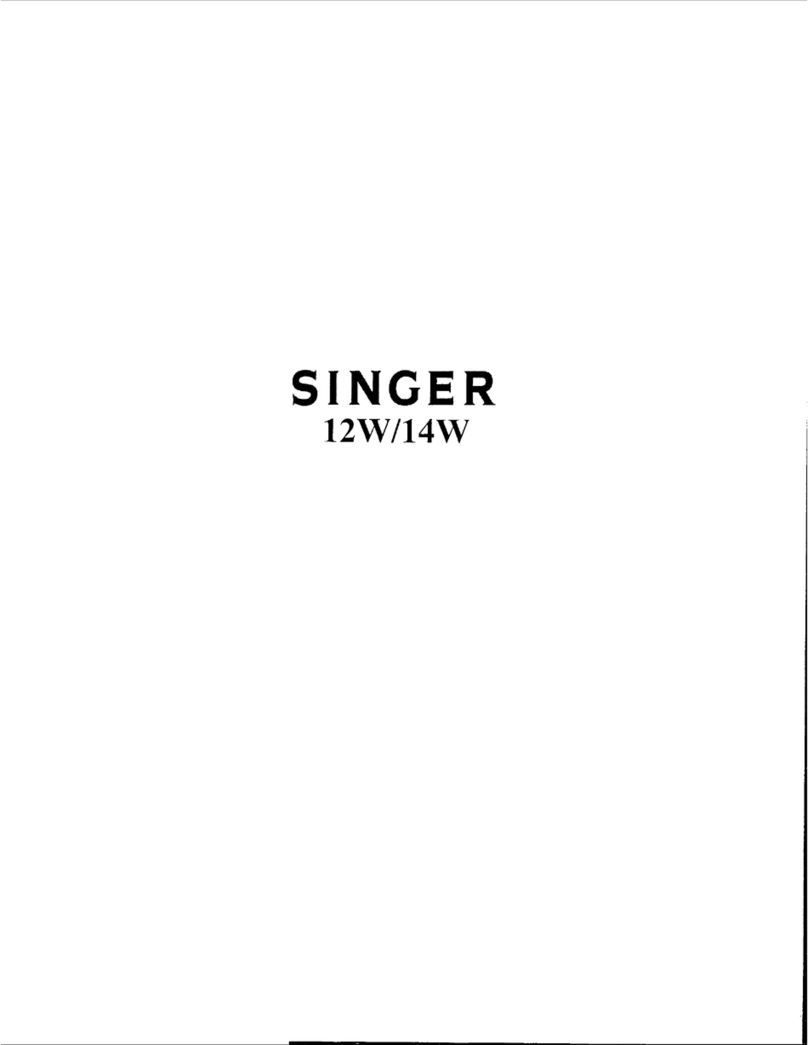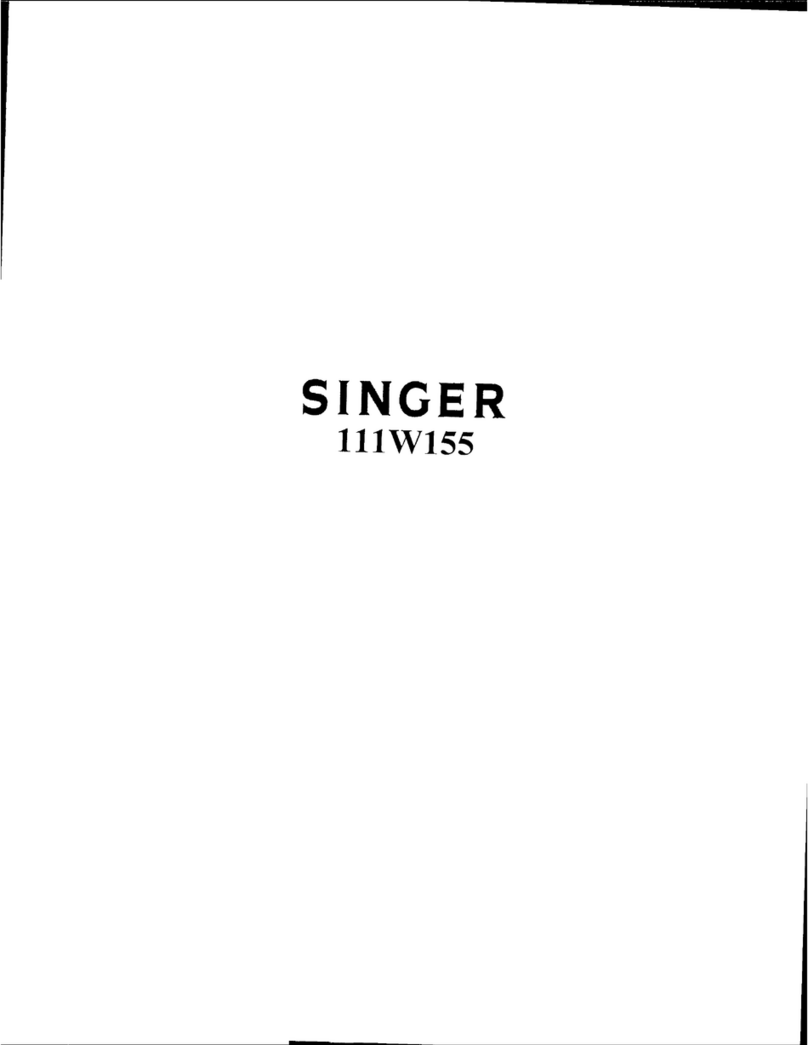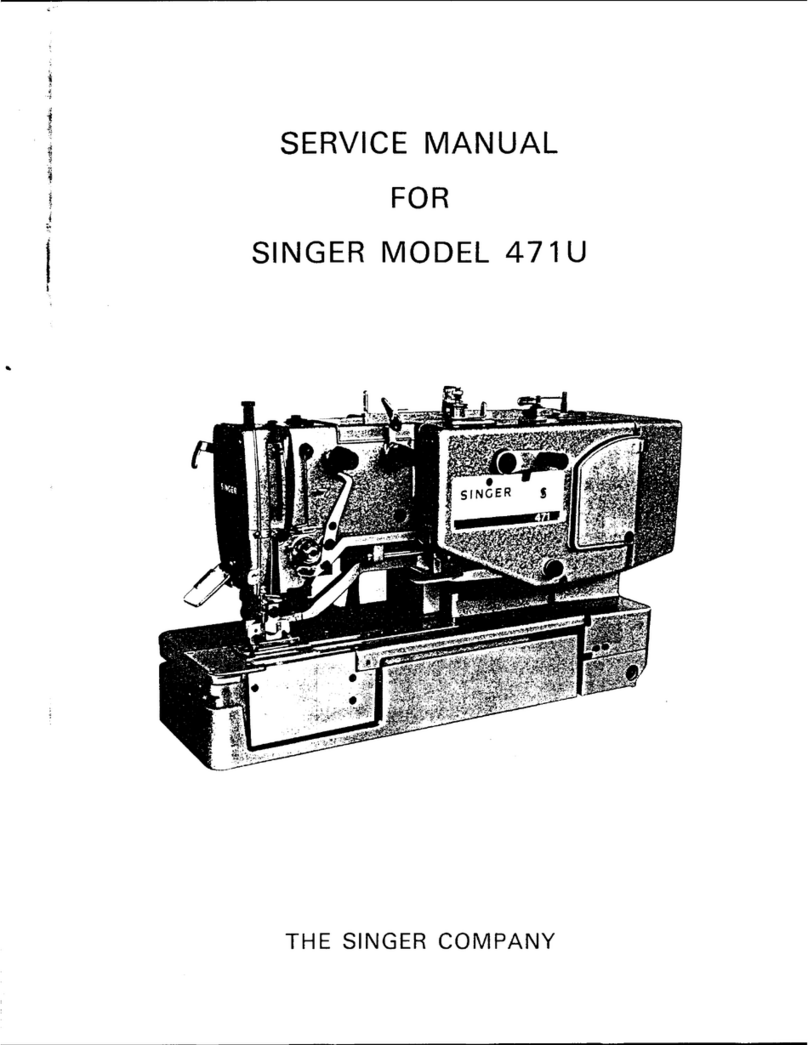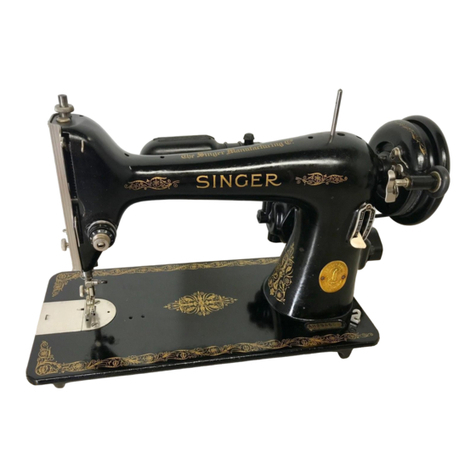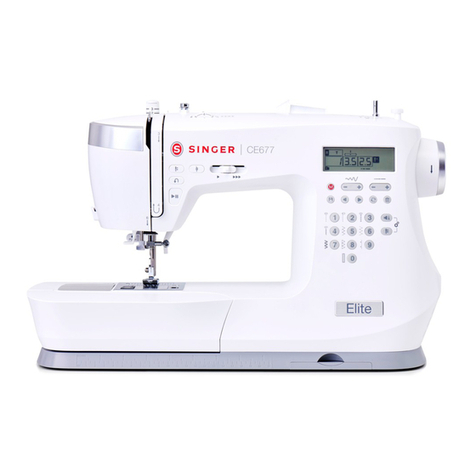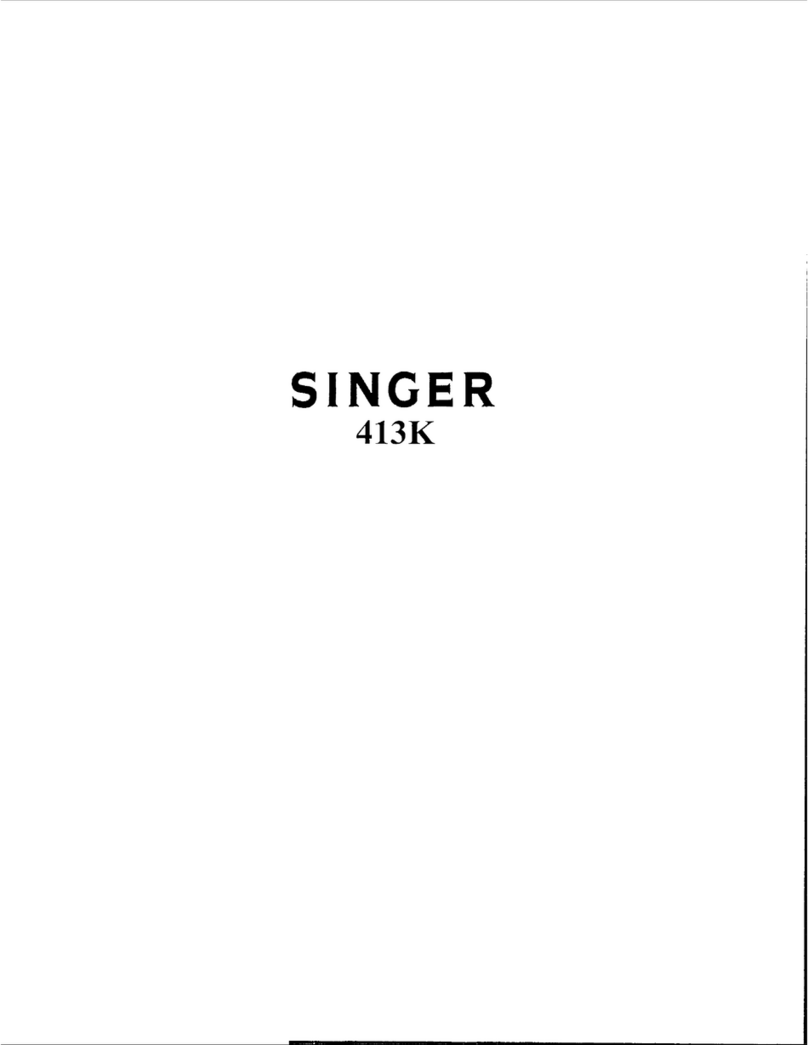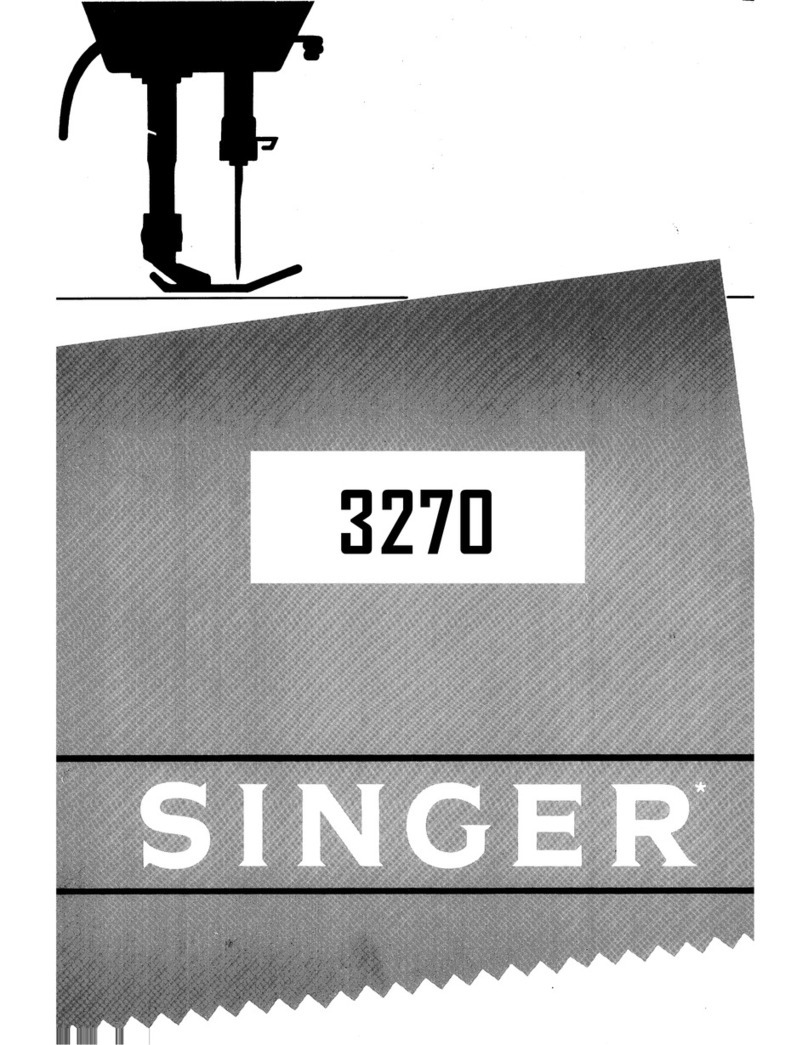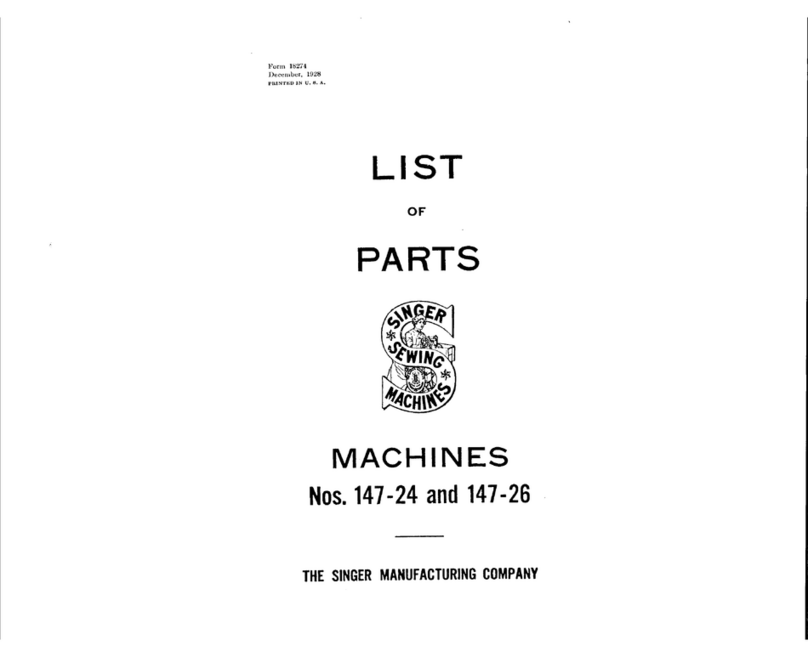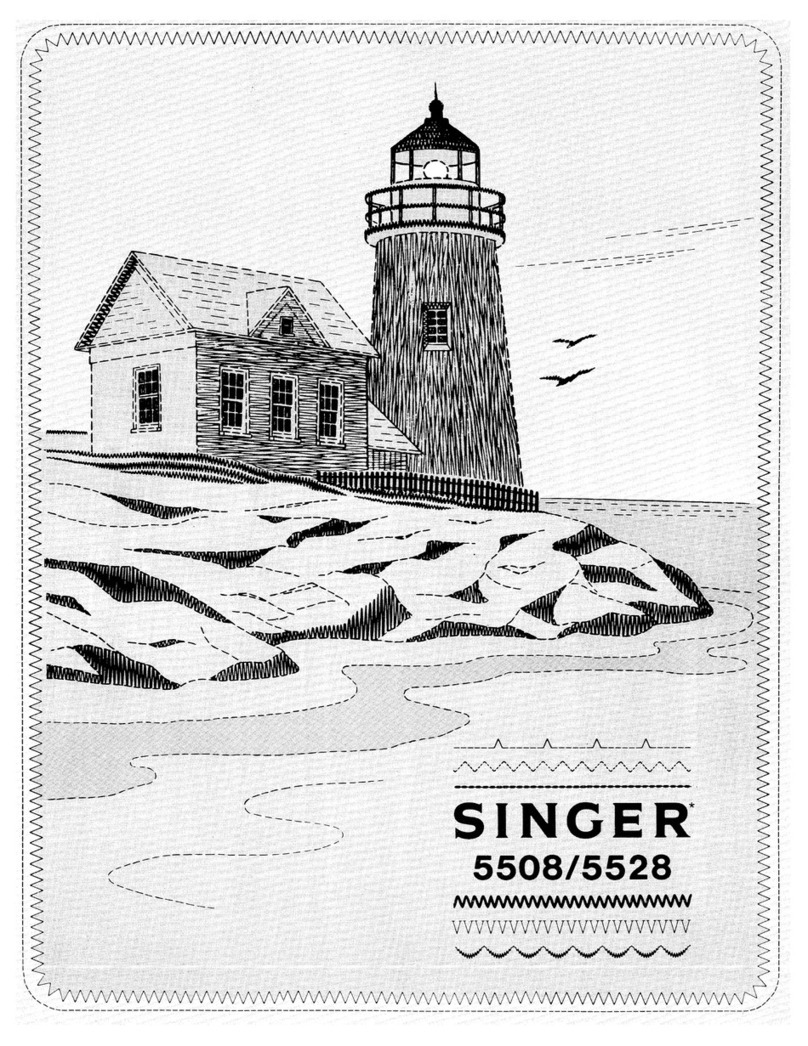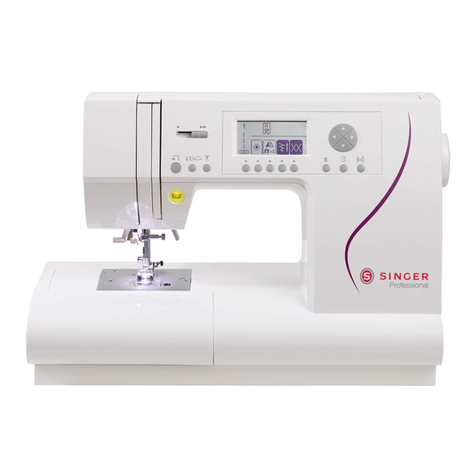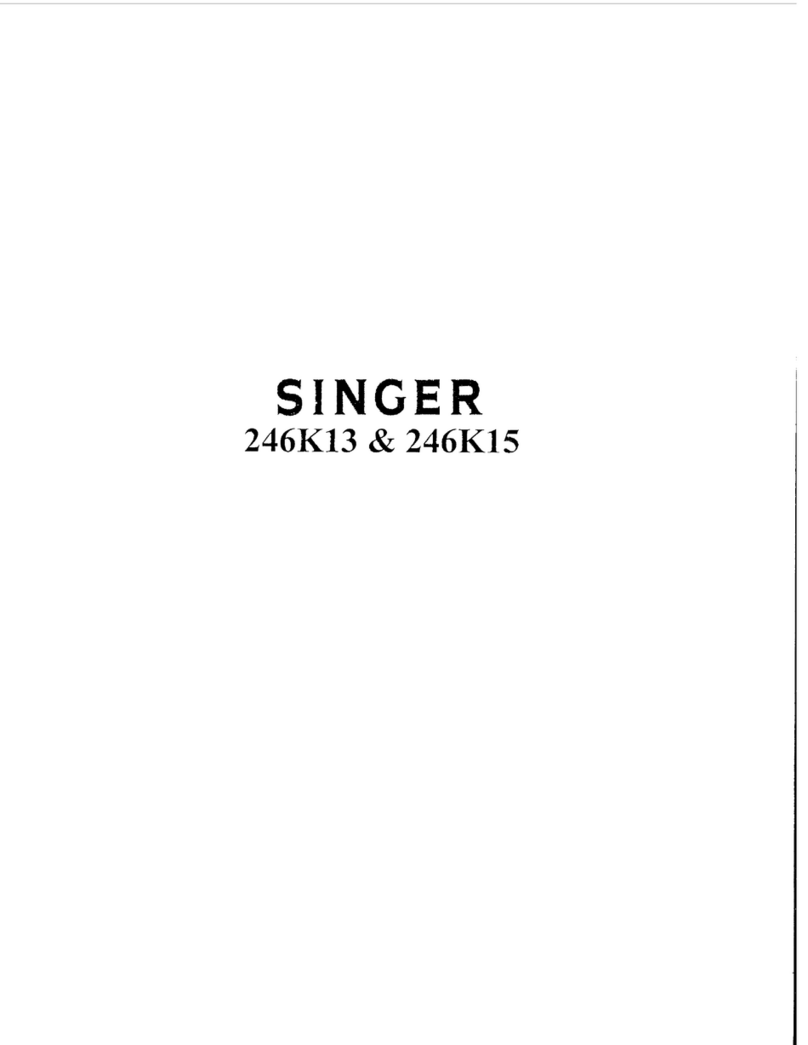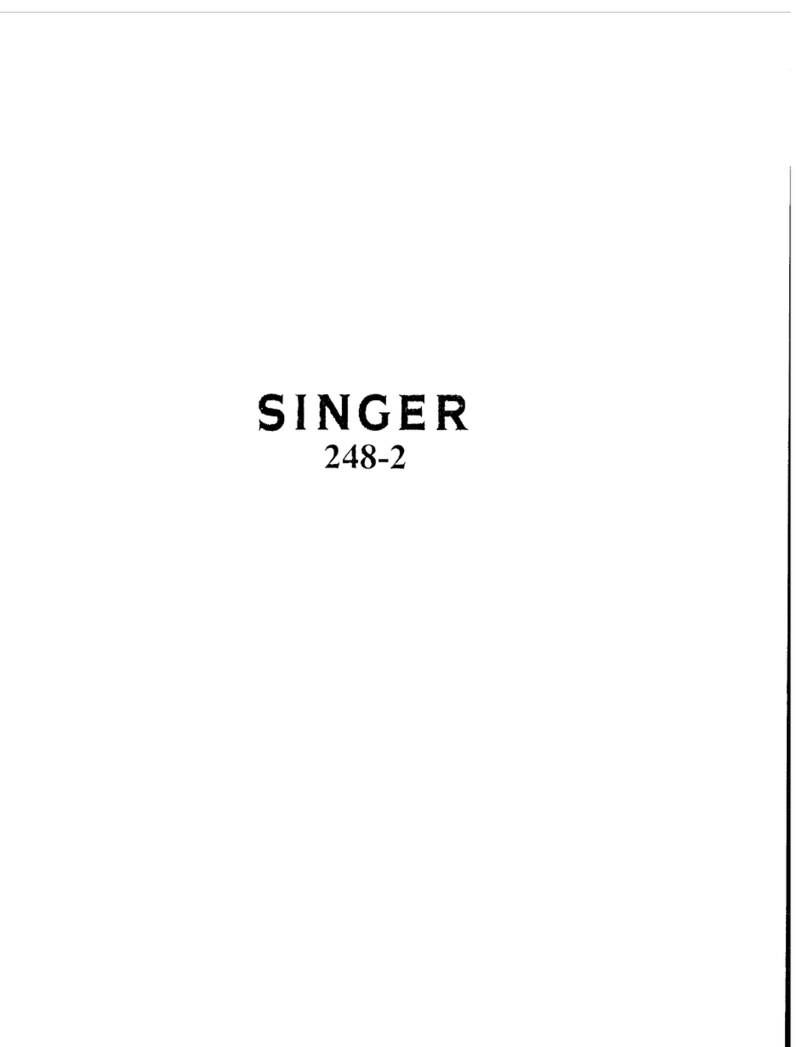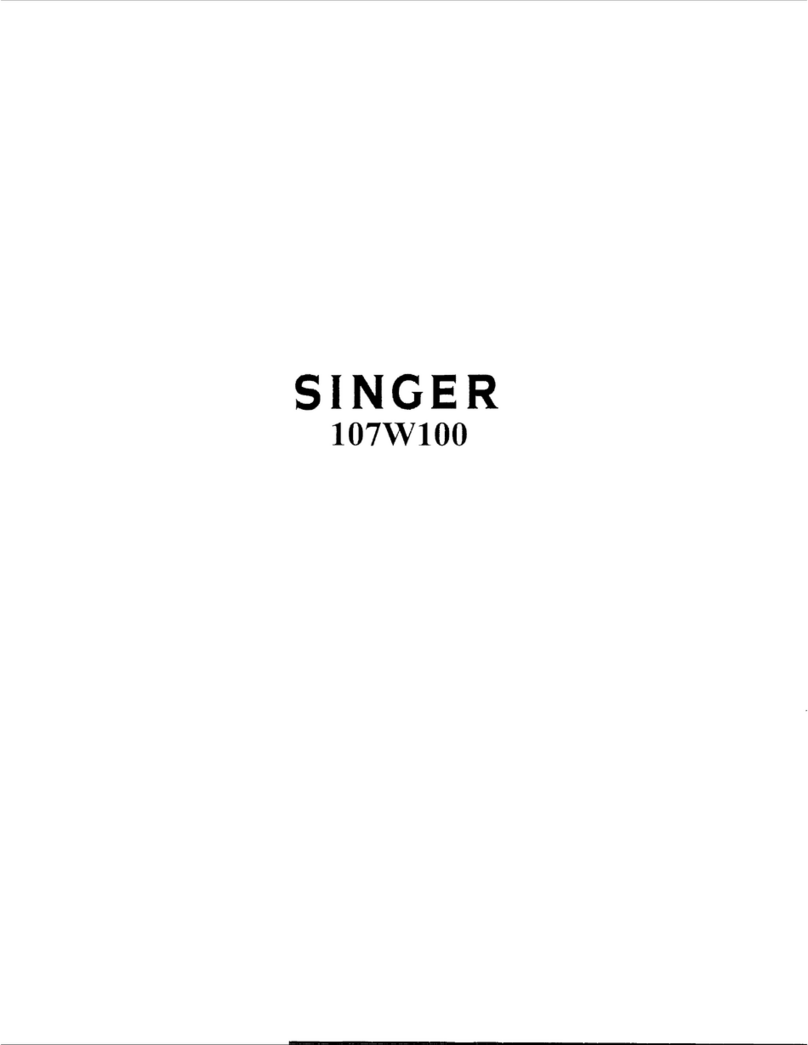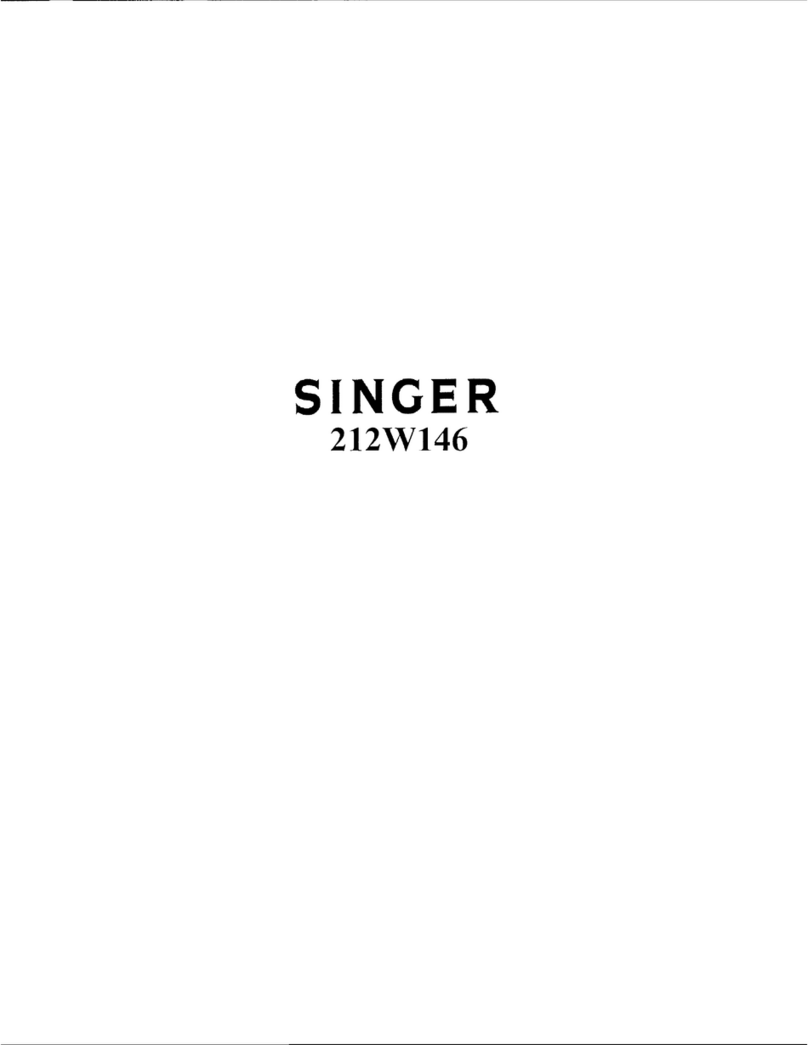TABLE OF CONTENTS
INTRODUCTION .................................................. 1
Intended Use...............................................................1
Machine Overview .......................................................1
Needle Area Overview .................................................2
Top of Machine............................................................2
Overview Accessories..................................................3
Included Accessories (Not Pictured)...............................3
Presser Feet ...............................................................4
Optional Accessories...................................................5
Stitch Overview ...........................................................6
Utility Stitches...........................................................6
Decorative Stitches .....................................................8
PREPARATIONS .................................................. 9
Unpacking the Machine................................................9
Connect to the Power Supply .......................................9
Packing Machine after Sewing......................................9
Free Arm/Removable Accessory Tray .........................10
Presser Foot Lifter .....................................................10
Thread Knife .............................................................10
Spool Pin .................................................................. 11
Wind the Bobbin ........................................................12
Insert the Bobbin .......................................................12
Thread the Machine...................................................13
Needle Threader .......................................................14
Needles ....................................................................14
Important Needle Information ..................................... 15
Selection Guide — Needle Size, Fabric, Thread ............. 15
Change the Needle....................................................15
Thread Tension .........................................................16
Sew without Feed Teeth .............................................16
Presser Foot Pressure ...............................................16
Change the Presser Foot ...........................................17
OPERATING YOUR MACHINE ....................... 18
Machine Operation Controls .......................................18
Reverse Button ........................................................ 18
Start/Stop................................................................ 18
Needle Up/Down...................................................... 18
Tie-Off................................................................... 18
Automatic Thread Cutter............................................ 18
Speed Control Lever ................................................. 18
Stitch Control Panel ...................................................19
Display................................................................... 19
Stitch Menu / Sound On/Off ....................................... 19
Stitch Width / Needle Position .................................... 19
Stitch Length........................................................... 19
Stitch Selection Buttons............................................. 19
Sequence Controls.................................................... 20
Automatic Stop Setting.............................................. 20
Needle Up/Down Setting ........................................... 20
Mirror Side to Side ................................................... 20
Elongation .............................................................. 20
Sewing Mode ............................................................20
Display — Sewing Mode ........................................... 20
Select a Stitch .......................................................... 21
Sequence Mode ........................................................22
Display in Sequence Mode ......................................... 22
Create a Sequence .................................................... 22
Sew Out a Sequence.................................................. 23
SEWING............................................................... 24
Sewing .....................................................................24
Start to Sew – Straight Stitch ......................................24
Change Needle Position............................................. 24
Change Sewing Direction...........................................25
Finish Sewing............................................................25
Straight Stretch Stitch ................................................25
Multi-Step Zigzag Stitch .............................................26
Slant Overedge Stitch ................................................26
Closed Overlock Stitch...............................................27
Blind Hems ...............................................................27
Darning and Mending.................................................28
Repair Large Holes ................................................... 28
Repair Tears ............................................................ 28
Repair Small Holes................................................... 29
Jeans Hem................................................................29
Button Sewing...........................................................30
One-Step Buttonhole .................................................31
Sew Zippers..............................................................32
Centered Zipper ....................................................... 32
Hand-Look Quilt Stitch ...............................................33
MAINTENANCE.................................................. 34
Cleaning the Machine ................................................34
Cleaning the Bobbin Area...........................................34
Cleaning under the Bobbin Area .................................34
Troubleshooting.........................................................35
Technical Specification...............................................38


